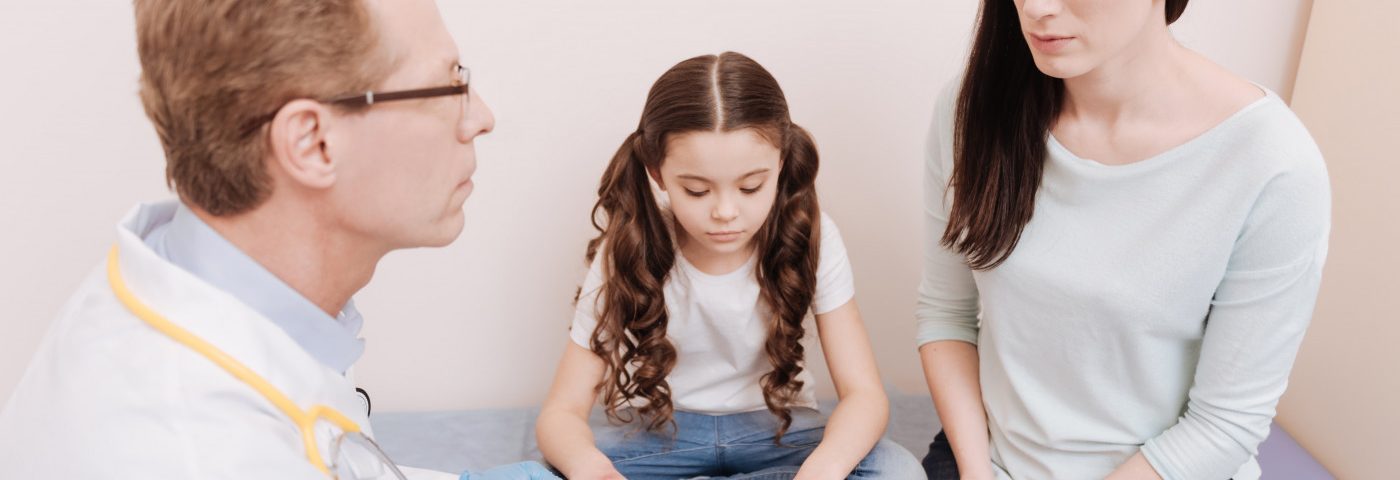Janssen Pharmaceuticals’ golimumab failed to meet its primary objective of reducing juvenile arthritis flare-ups better than a placebo, a Phase 3 clinical trial showed.
Both the golimumab and placebo groups had roughly the same number of flare-ups, researchers reported.
Their study appeared in Annals of the Rheumatic Diseases. They titled it “Subcutaneous golimumab for children with active polyarticular-course juvenile idiopathic arthritis: results of a multicentre, double-blind, randomised-withdrawal trial.”
The first-line therapy for children with juvenile arthritis is a combination of non-steroidal anti-inflammatory drugs and methotrexate. Some children are unable to tolerate methotrexate or fail to respond to it, however. In that case, doctors usually prescribe biological disease-modifying anti-rheumatic drugs.
Golimumab targets tumor necrosis factor, a cell-signaling protein that’s involved in inflammation. It can be injected or administered through IV infusion.
Clinical trials in adults had shown golimumab to be effective against rheumatoid arthritis, psoriatic arthritis, ankylosing spondylitis and ulcerative colitis.
Researchers decided to conduct an additional trial to see if golimumab could help juvenile arthritis patients as well. The primary goals of the GO-KIDS study (NCT01230827) were to see if it were a safe and effective way to treat children.
In the first stage of the three-part study, patients received golimumab every four weeks and methotrexate once a week for 16 weeks. Those whose arthritis improved at least 30 percent in stage 1 took part in Stage 2. The yardstick that researchers used to measure improvement was patients’ scores on the American College of Rheumatology index for juvenile arthritis.
Some of the patients who participated in Stage 2 continued to receive golimumab, while others were switched to a placebo. Stage 2 lasted 32 weeks.
In Stage 3, those on golimumab continued taking it, while those on the placebo either stuck with it or were switched back to golimumab.
The primary goal of Stage 2 was to see if golimumab would reduce flare-ups better than the placebo. Secondary objectives were to see how many patients responded to it, whether any achieved remission, and whether it was safe.
Researchers enrolled 173 patients in the trial. Eighty-nine percent responded to golimumab in the first stage. The condition of 36 percent of those who responded improved by 90 percent, according to their American College of Rheumatology scores. Sixty-six percent had at least a 70 percent improvement, and 79 percent at least a 50 percent improvement.
By week 48, however, both treatment groups were experiencing similar flare-up rates. Forty-one percent of the golimumab group had had flare-ups, versus 47 percent of the placebo group. This meant golimumab had failed to achieve its primary Stage 2 objective of doing a better job of reducing flare-ups than the placebo.
In addition, golimumab did no better than the placebo in helping patients achieve remission. Thirteen percent of the golimumab group achieved remission, versus 12 percent of the placebo group.
Golimumab’s safety profile was consistent with what adults had experienced in other trials. Only a few patients discontinued treatment due to adverse events.

